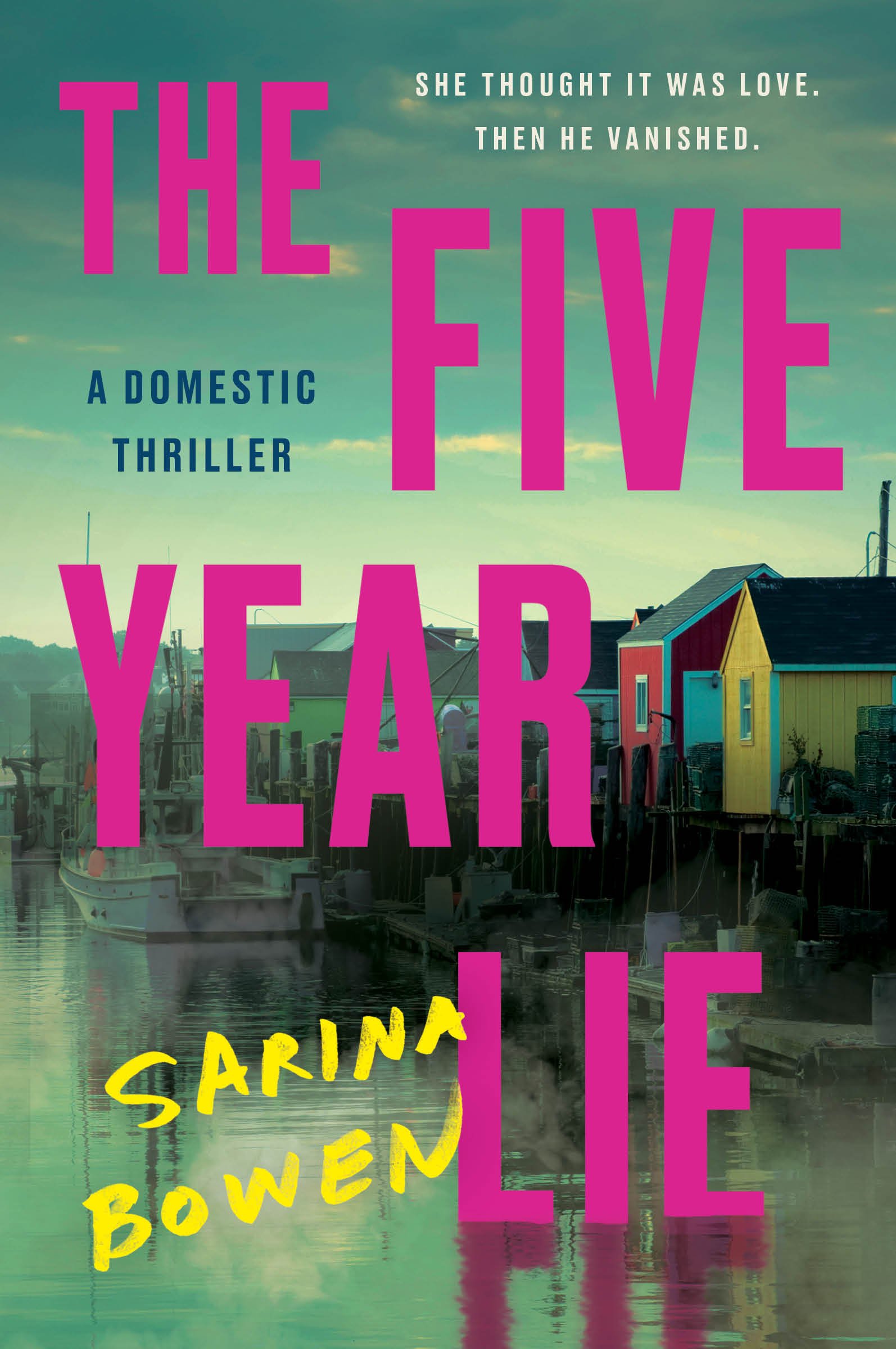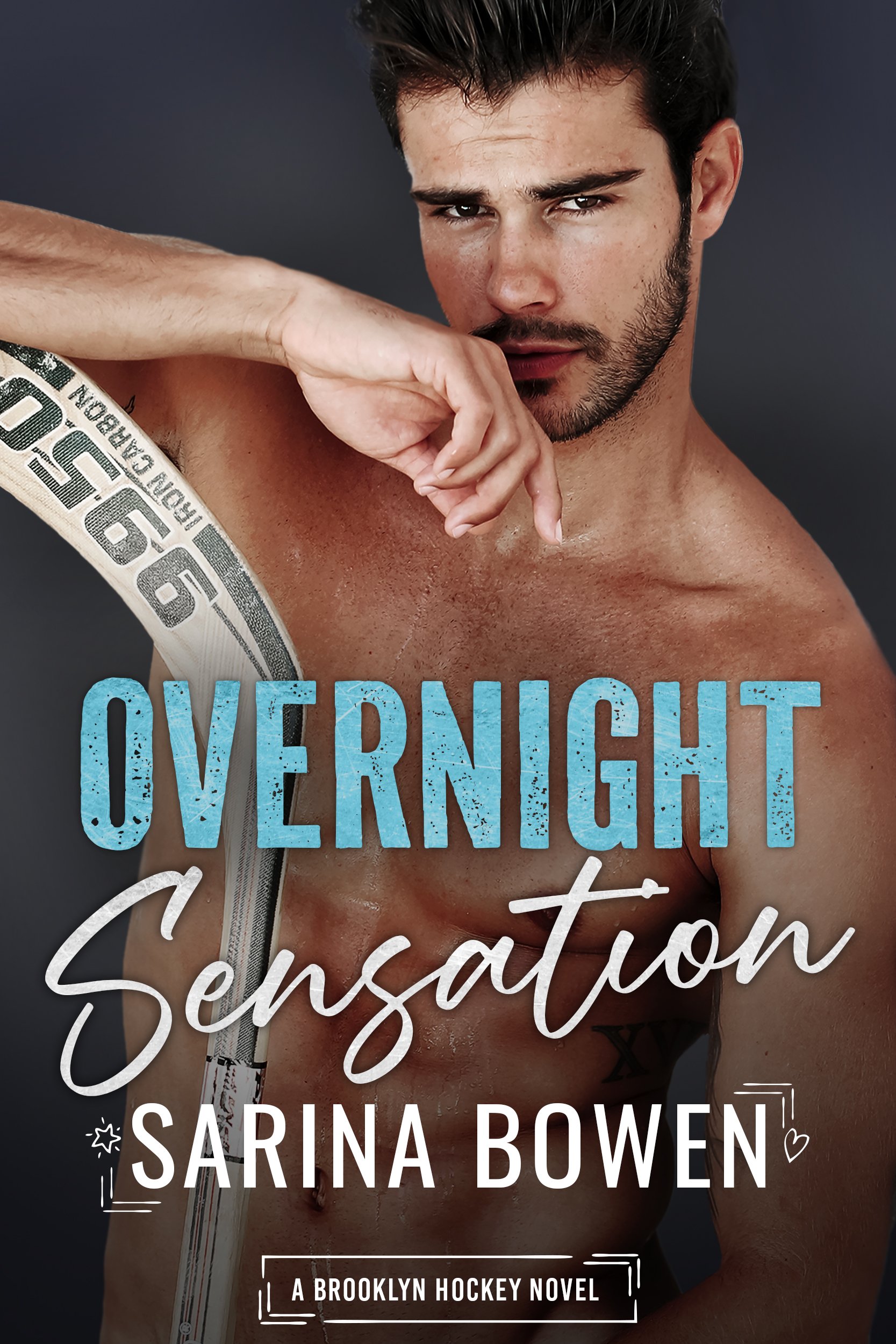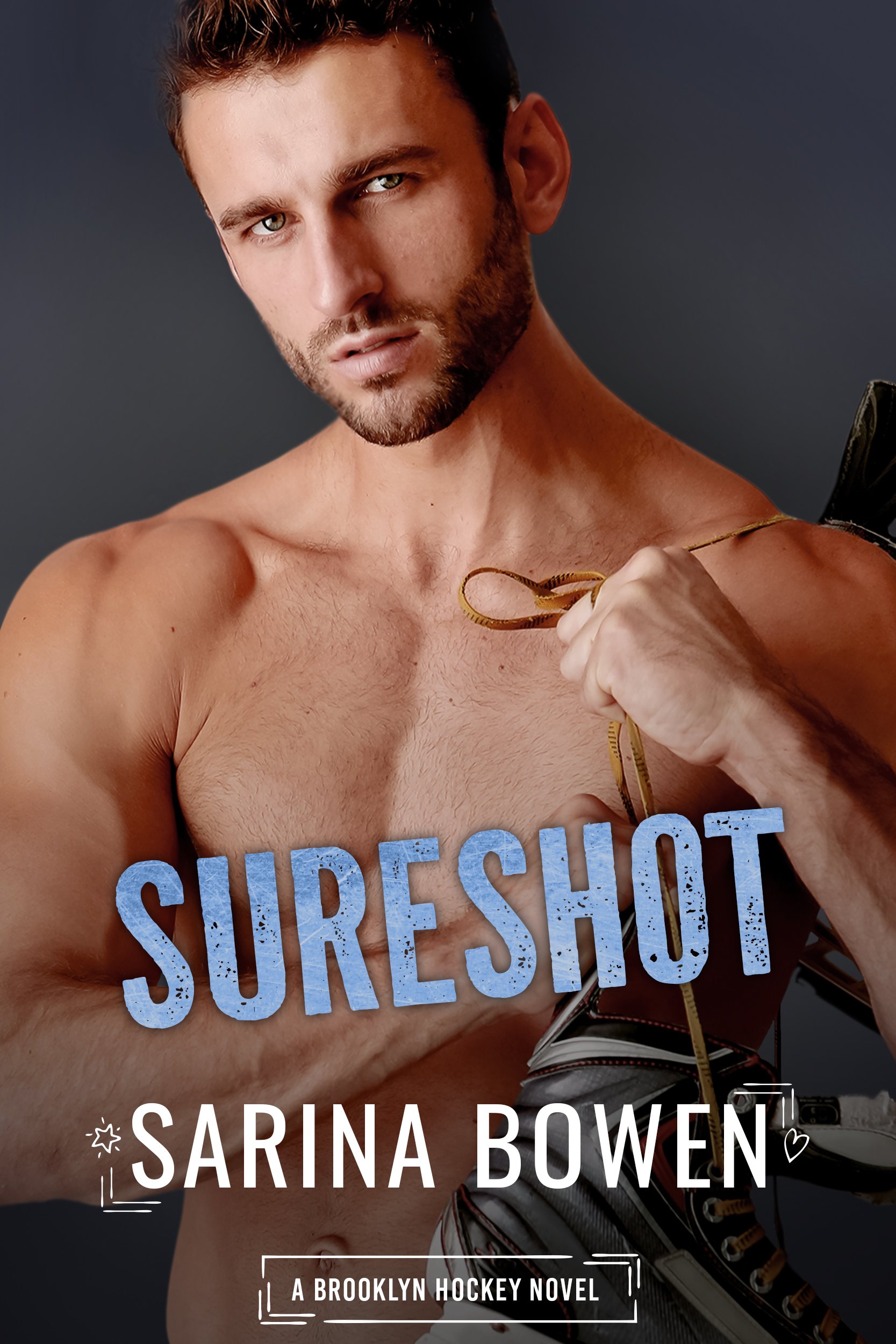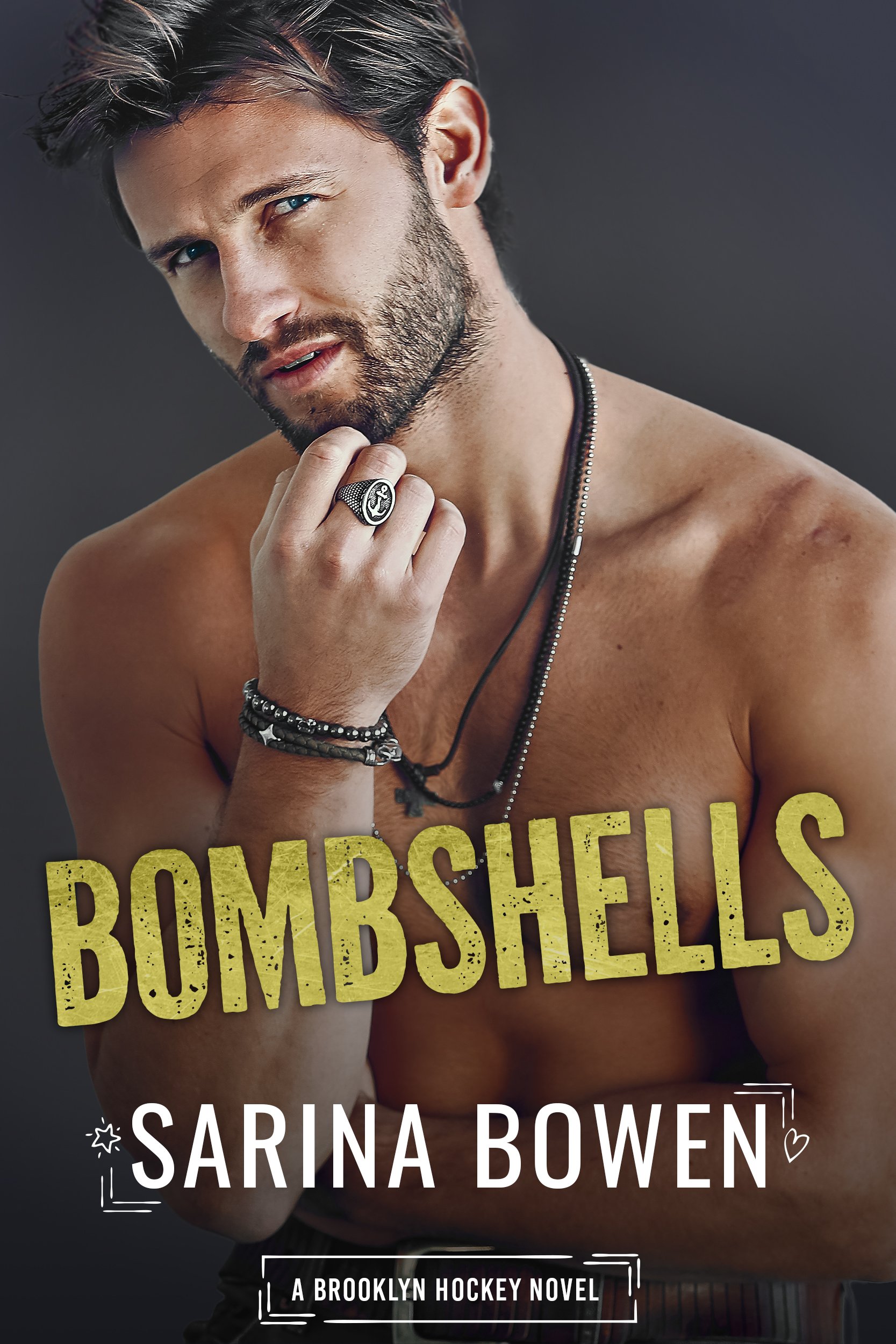Sexism and the Romance Stigma
This post was originally published on the Kobo Writing Life blog.
It’s a fascinating moment to write romance.
Here we are in a rapidly shifting #MeToo environment. Women are finding the voice to speak out against abuse, discrimination and unfavorable sexual politics like never before. And yet it’s also the same season when more than one mainstream media venue has felt free to take a swipe at romance readers.
Just days before The New York Times published groundbreaking journalism which would out Harvey Weinstein as a sexual predator, they published a completely disdainful “roundup” of romance novels by an eighty-four year old man uninterested in how the genre is evolving.
To add to all the fun, RealSimple magazine just published an article with the abominable title: 7 Romance Novels You Won’t Feel Embarrassed About Reading.
Thanks, guys. We get it. But do you?
It astonishes me that both publications—which employ a bevy of female journalists—assume their readers don’t also read romance. Internalized misogyny is alive and well in the mainstream media. But I’m here to assure you that the same people who buy romance novels are likely to get their news from the Times and their recipes from glossies like RealSimple.
Let’s look at some demographics. Nielsen, the media tracking agency, reports that romance readers have an average household income that’s just above the national average. And—more to the point—romance readers buy more books than readers in most other genres. They buy books at a faster rate than any other readership.
Romance readers identify as readers first. In the immortal words of Austin Powers, reading is their bag, baby. Is it really such a leap to assume they also read mainstream media? According to the Nielsen/RWA study, at the bookstore “romance buyers also read mystery, general fiction, cooking/food books, young adult, and erotic fiction.”
In other words, they read broadly. Like every other sort of reader.
Facebook is also helpful in deciphering the demographics of my romance-reading fanbase. Seventy-two percent of the people who “like” Sarina Bowen on Facebook went to college or grad school. Eighty-five percent own their homes, and the majority are married.
And still major news organizations assume there’s no readership overlap, so why not take the occasional swipe at romance fans when you need a cheap laugh?
If living well is the best revenge, then romance authors are going to be fine. As the brilliant Jennifer Weiner once put it, we’ll just weep into our royalty statements. Romance is usually the number one or number two genre in fiction sales, depending on who’s doing the sampling.
When numbers are the focus, the media does a better job of assessing the genre. The Economist recently wrote that “romance novels and the genre’s saucier subdivision, erotic literature, continue to drive sales and innovation.” They are on point to add that the stigma remains. “Such hostility is probably due, at least in part, to old-fashioned sexism.”
You don’t say!
Contemporary romance is threatening to the status quo. Critics will tell you that romance is “formulaic.” But the only certainty in a romance novel is the ending—it will be happy, and the couple will resolve their differences and end up together.
(Note: Since the ending is known, that actually makes the middle of the book harder to write, but never mind, critics! I’ll just plug a couple of variables into my romance formula machine, set it to the automatic spin cycle and eat bonbons until the book pops out fully formed.)
It’s not the structure of a romance that’s threatening to critics. Rather, it’s that a woman is often the most important protagonist. Her needs matter. She has agency and makes her own decisions. She may or may not be straight, genderqueer, LGBTQ, asexual or interested in kink. But by page 300 she will own her own choices, and demand that her partner does the same.
I didn’t always write romance. My first published novel was women’s fiction for a Big Five publisher. The book got great trade reviews and then died a fiery death at the bookstore. My publisher wouldn’t pick up a second novel from me. It was time to switch gears.
When I wrote my first romance, I felt that stigma, too. I was fearful of telling people about my new venture. I thought my friends from college would assume I’d failed at writing and, as a consequence, was now wading in the shallow end.
I think I believed it, too.
Fast forward four years. I now have ten publishers on three continents. I’ve won what is arguably the highest award in romance. Most crucially, I support my family as a novelist. In romance I’m earning a living as an author.
How did that happen? The moment I stopped trying to write as the wisest, cleverest girl in the room, I began writing novels that critics call clever and wise. I stopped drinking the mainstream Kool-Aid and wrote straight from the gut. And readers responded.
I’m here to tell you that you can have a brain and still enjoy books with kissing in them. You can also have an economics degree from Yale and write romance novels. You can build a career on entertaining smart women and men with uplifting storytelling.
You can include a set of washboard abs on the cover or not. It’s your choice. And you’re a real novelist either way.











Wanted: one interior designer to shop for furniture. Ideal candidate does not have flirty eyes or a wicked smile… ➜ LINKS